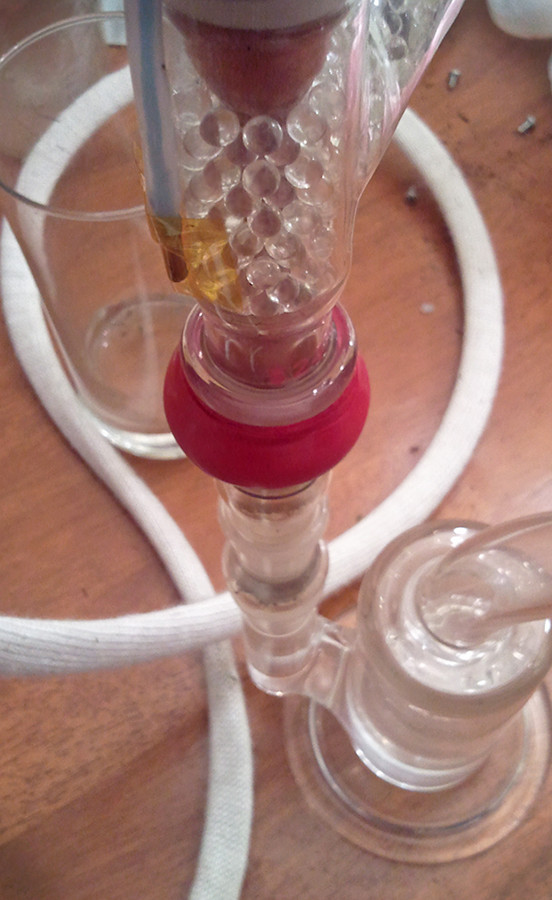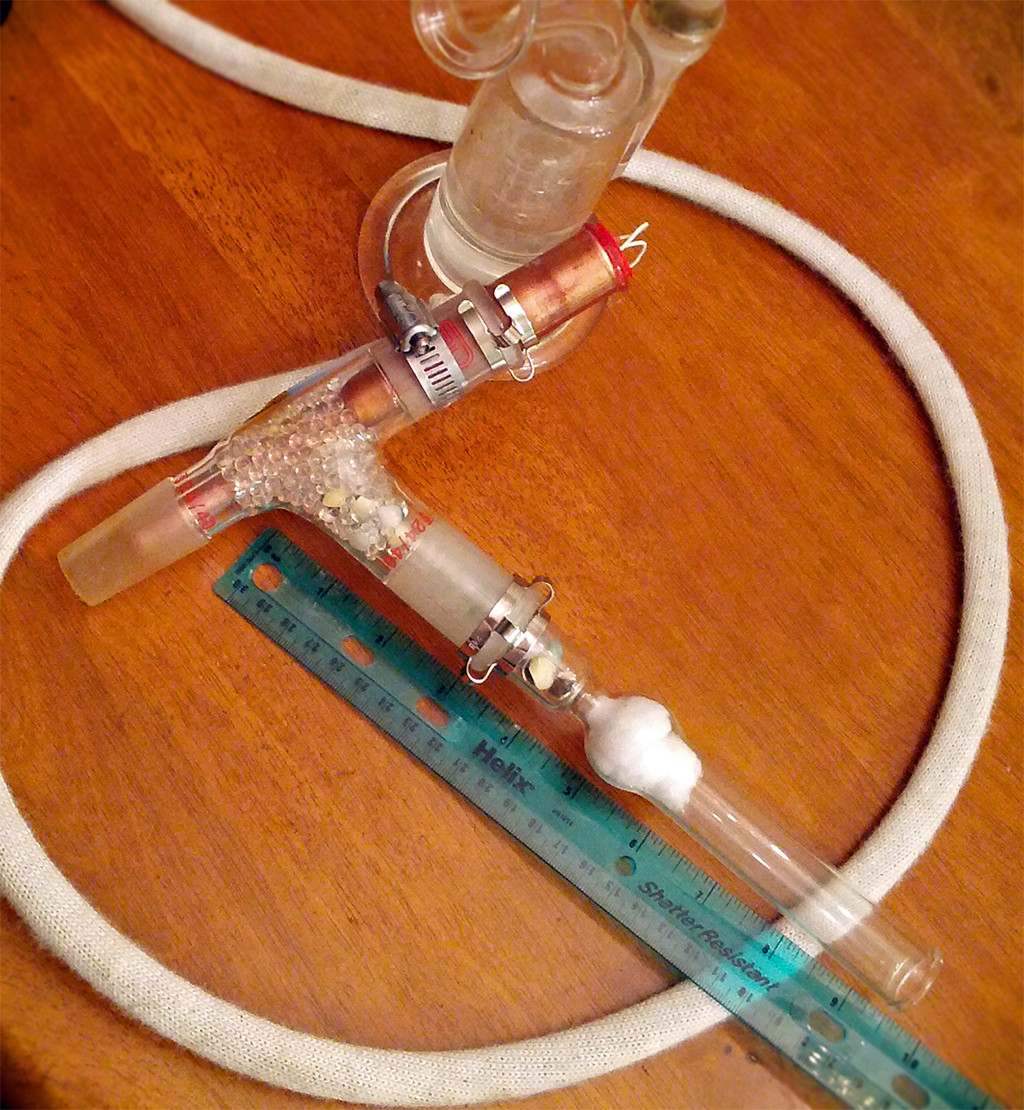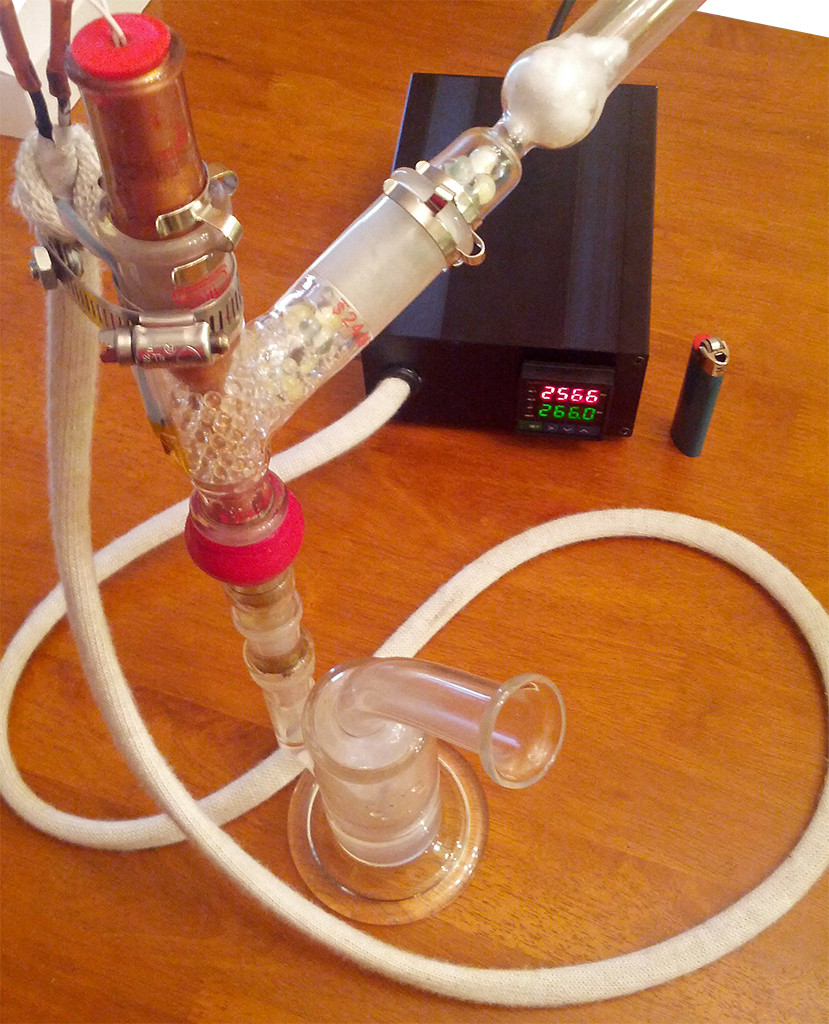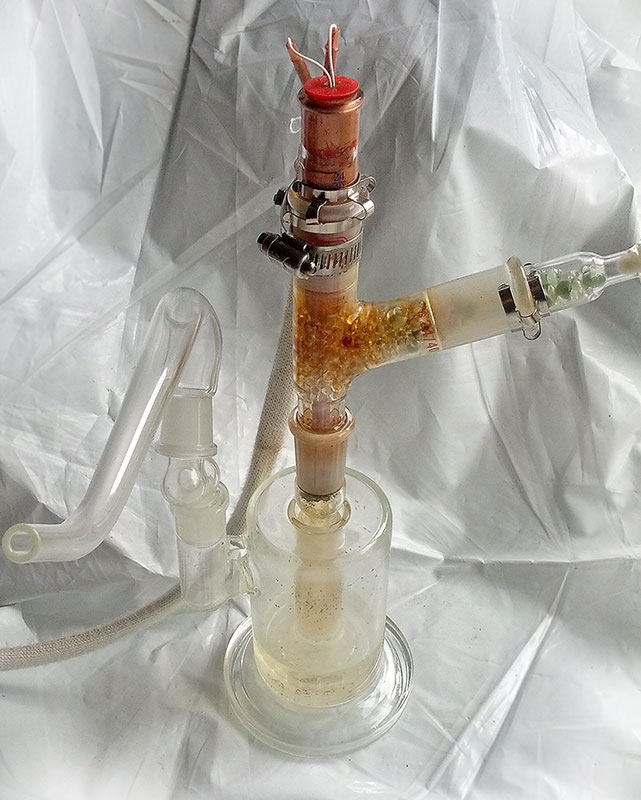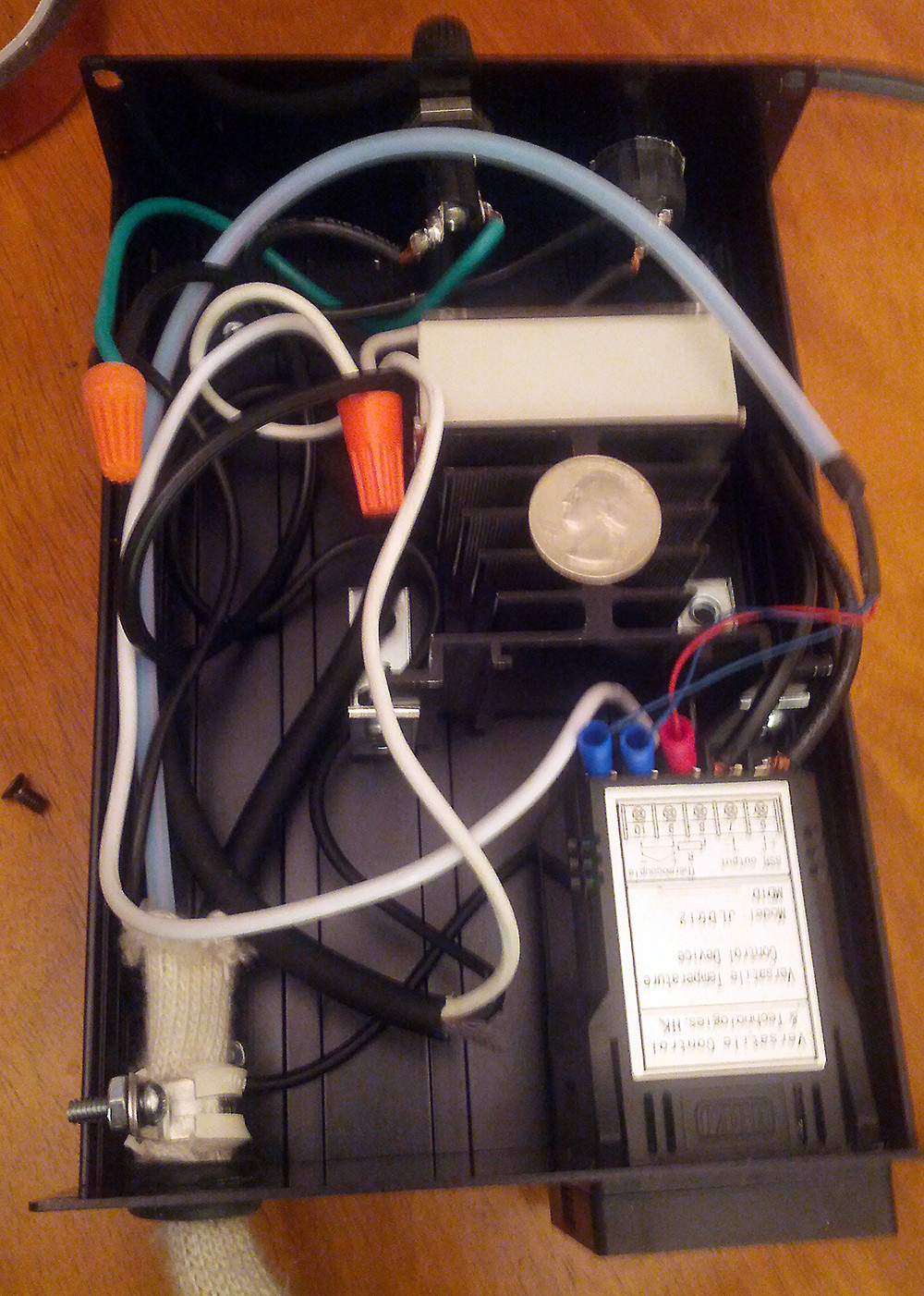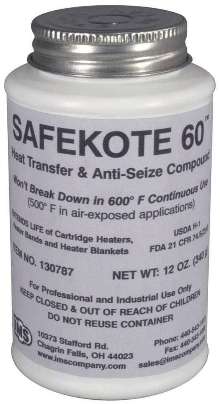I posted in the homemade thread, this thread will have more trial and error stuff.
Homemade Vaporizers
Here is the vape:
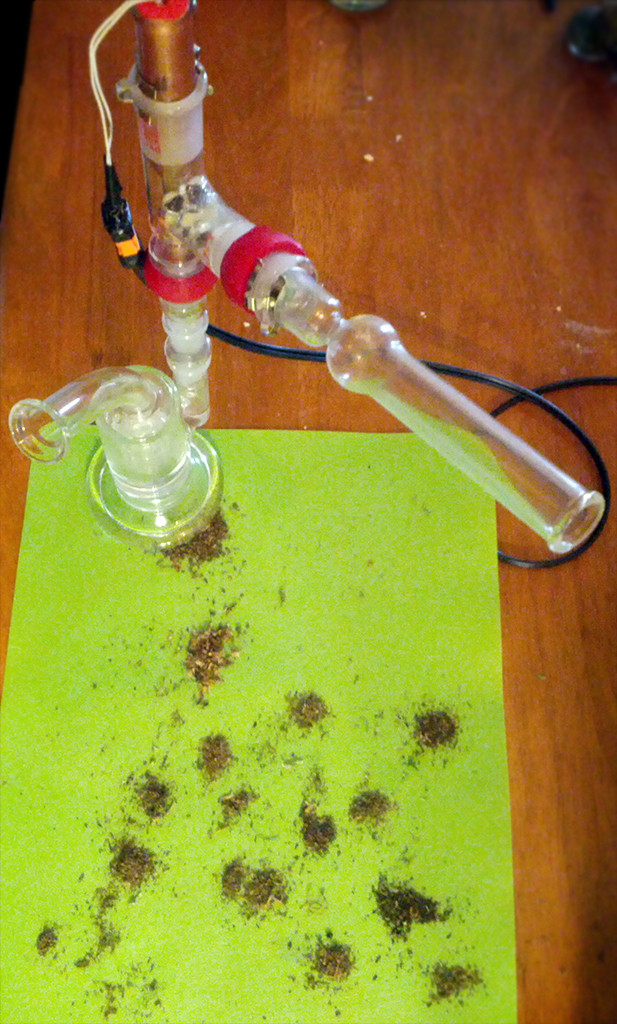
This weekend I will get to try it out with a pid controller vs the dimmer it is on now. I did get an idea from home brewers that I will add to the vape. I will keep the dimmer attached to the relay so I can have a boost outside of what the pid controller is trying to do. This way if I am taking a hit or if the pid can't keep up I can turn on the pwm and raise the heat. Boost mode with a dimmer!
I will have more after I play around with the pid and the thermometers. I decided on taking the temp on the outside. Taking the temp inside the element is inside the glass and far from what cools the fastest so that is out. Taking the temp in the air path ruins the whole glass path thing so that is out too. The outside should be fine and keep things working the way I want. The next problem is how to secure the probe and to select what kind of probe to use. I have a water resistant one, a small stainless steel one, and I am on the fence about a super thin one that I can stick to the glass with tape. I have some high temp tape on the way to try out. If it all works out this vape will be held together with two glass on glass parts and a piece of tape. I hope this sounds like a good thing to you too.
Homemade Vaporizers
Here is the vape:

This weekend I will get to try it out with a pid controller vs the dimmer it is on now. I did get an idea from home brewers that I will add to the vape. I will keep the dimmer attached to the relay so I can have a boost outside of what the pid controller is trying to do. This way if I am taking a hit or if the pid can't keep up I can turn on the pwm and raise the heat. Boost mode with a dimmer!
I will have more after I play around with the pid and the thermometers. I decided on taking the temp on the outside. Taking the temp inside the element is inside the glass and far from what cools the fastest so that is out. Taking the temp in the air path ruins the whole glass path thing so that is out too. The outside should be fine and keep things working the way I want. The next problem is how to secure the probe and to select what kind of probe to use. I have a water resistant one, a small stainless steel one, and I am on the fence about a super thin one that I can stick to the glass with tape. I have some high temp tape on the way to try out. If it all works out this vape will be held together with two glass on glass parts and a piece of tape. I hope this sounds like a good thing to you too.

 It is tough though; the more I test, the less I get done.
It is tough though; the more I test, the less I get done. and then I started the timer when I was done drawing.
and then I started the timer when I was done drawing.